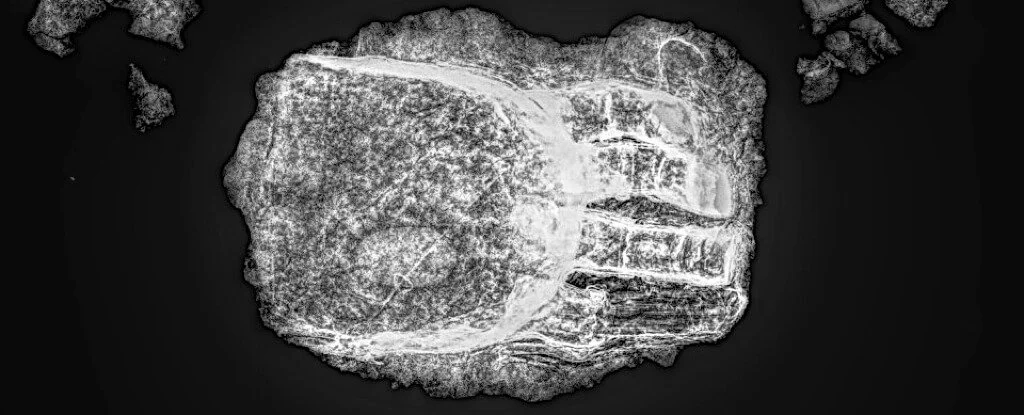In a remarkable archaeological discovery, researchers in Germany have uncovered a skeleton with a metal prosthetic hand that dates back nearly 600 years. The find, situated near a church in Freising, southeast Germany, has left experts intrigued and has shed light on the advanced medical practices of the time. This extraordinary prosthetic, crafted from iron, replaced four missing fingers, prompting questions about the individual's life, the circumstances surrounding the amputations, and the practical use of such a device.
A Glimpse into the Past
The Bavarian State Office for Monument Preservation utilized carbon dating to estimate the age of the skeleton, placing the man between 30 and 50 years old at the time of his death, which occurred between 1450 and 1620. The four immobile fingers, intricately formed from sheet metal, appeared to have replaced amputated digits, leaving archaeologists to ponder the circumstances that led to this unique prosthetic.
Walter Irlinger, the head of the conservation department at the Bavarian State Office for Monument Preservation, described the prosthetic as a hollow structure attached to the left hand. The fingers were arranged parallel to each other, suggesting that the prosthetic was likely strapped to the stump of the hand. Inside the prosthetic, a gauze-like material was discovered, possibly used to cushion the wearer's hand, providing a glimpse into the practical considerations of the time.
Unanswered Questions
Despite the fascinating find, many questions remain unanswered. The report highlights the uncertainty surrounding how the man lost his fingers and the specifics of how he might have utilized the prosthetic in his daily life. The lack of historical records leaves room for speculation, fueling the mystery surrounding this ancient artificial hand.
The skeleton with the iron prosthesis in the grave. (Archaeological Office Anzenberger & Leicht, Anthropological Determination: Franziska Schreil M.A.)
The discovery in Freising is not the first of its kind. Archaeologists have previously uncovered approximately 50 similar prosthetics in central Europe, dating from the late Middle Ages (around 1300 to 1500) to the early modern period (around 1500 to 1800). The statement from the Bavarian State Office for Monument Preservation suggests that the region's history of military conflicts, including battles during the Thirty Years' War (1618 to 1648), likely contributed to an increased demand for prosthetics due to amputations.
Comparisons with Other Prosthetics
The find in Freising draws parallels with other historical prosthetics, such as the advanced device worn by the 16th-century German knight Götz von Berlichingen. After losing his right hand to cannon fire, Götz adopted a movable and technically complex prosthetic, showcasing the innovative approaches to rehabilitation during the medieval and early modern periods. Beyond Germany, archaeological discoveries of ancient prosthetics include a prosthetic toe in Egypt dating back 2,600 to 3,400 years and a prosthetic leg in Italy from around 300 B.C., illustrating the longstanding human quest for solutions to physical impairments.
The discovery of a nearly 600-year-old metal prosthetic hand in a medieval German grave adds a fascinating chapter to our understanding of ancient medical practices and the resilience of individuals in the face of physical challenges. As archaeologists continue to unravel the mysteries of this find, the story of the man with the iron hand serves as a testament to the human drive for innovation and adaptation across the centuries.







